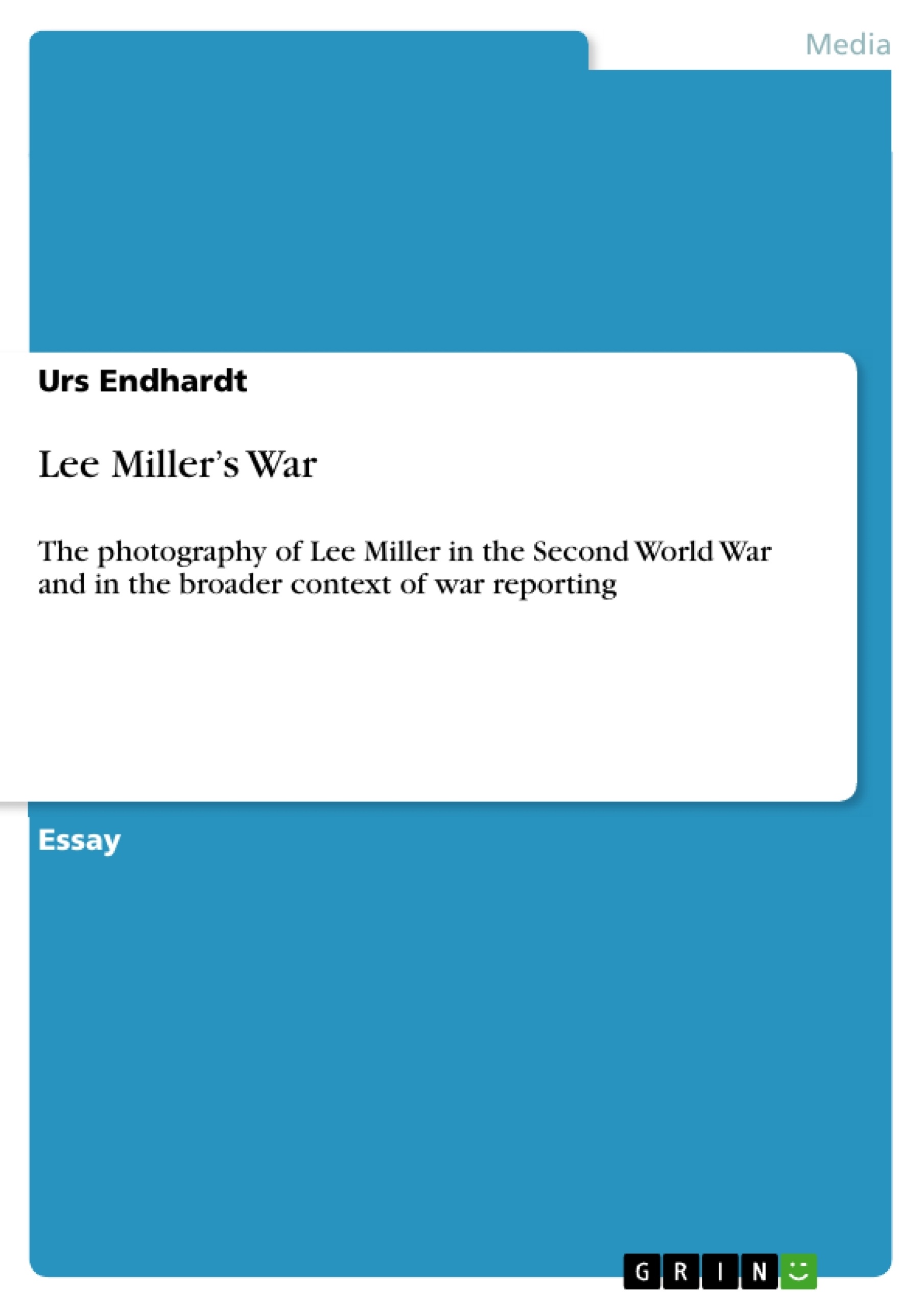Lee Miller was born in 1907 in the State of New York as the child of a father of German descent and a Canadian nurse. She had a traumatic childhood (she was raped at the age of seven). At the age of eighteen she moved to France, where she soon came into contact with the bustling art scene and the emerging young surrealists. She moved back to the USA one year later and was discovered as a model. Due to her photogenic and elegant appearance she was seen as an archetype of the mid-twenties mode. Coming back to Paris in 1929, she started to live together with Man Ray in an amour fou. From him and other famous photographers and artists of that time she learned whatever she could about photography.
After breaking up with Ray a few years later she moved back to New York, where she worked as a fashion photographer and was again influenced by her artist friends, many of whom were surrealists. Her first marriage with an Egyptian businessman allowed her to live out her adventurous and wild character and to visit wide parts of the world. Eventually, she moved to Egypt in 1934. Despite the beautiful landscape, Miller soon felt a strong longing for Europe and went back to France only three years later, leaving her husband behind. When war broke out in 1939, Miller was in England with her future husband Roland Penrose. She started her career as a war correspondent two years later.
Table of Contents
1. Introduction
2. Surrealism and Fashion
3. Through a Woman’s Eye
4. Conclusion: Miller in Context
5. Bibliography



